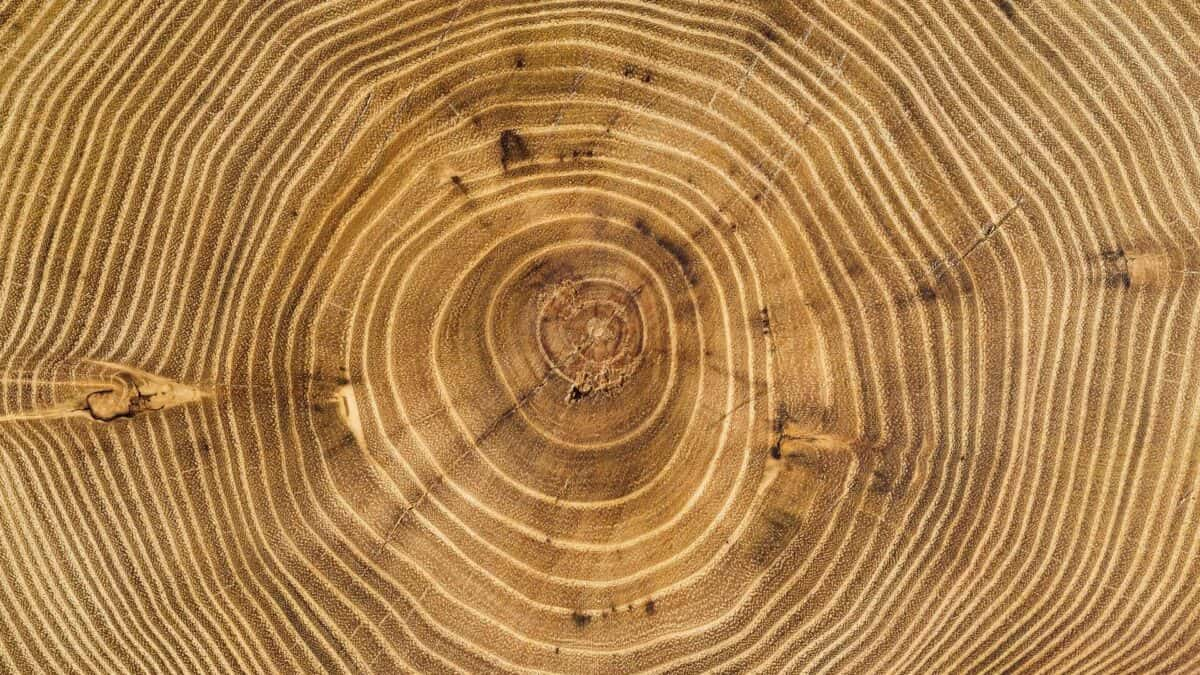
How to Choose the Right Hardwood Lumber
May 1, 2023
The Benefits of Using Exotic Hardwoods in Your Home
May 27, 2023Trees are fascinating living organisms that play a crucial role in our planet’s ecosystem. They possess unique features, but perhaps one of the most remarkable aspects of a tree is the concentric rings visible in its trunk. These rings, also known as growth or annual rings, offer valuable insights into the life of a tree. In this blog post, we will take a closer look at tree rings, how they form, and what they can tell us about the life of a tree.
What are Tree Rings?
Tree rings are visible concentric circles found in the cross-section of a tree trunk. Each ring represents one year of growth, and the width of the ring provides information about the health and growth rate of the tree during that year. The innermost ring is the oldest, while the outermost is the most recent. The number of rings indicates the age of the tree, and the pattern of rings can provide details about the tree’s life history.
How do Tree Rings Form?
Tree rings form due to the annual growth of the cambium layer, which is the thin layer of cells located just beneath the bark. During the growing season, the cambium layer produces new cells that eventually develop into wood. The early season cells are typically larger and have thinner cell walls, while the late-season cells are smaller and have thicker walls. These differences in cell size and wall thickness lead to the visible rings seen in the tree trunk.
What Information Can Tree Rings Reveal?
Tree rings can provide a wealth of information about the life of a tree. The width of the rings indicates the growth rate and can provide insights into the tree’s health and vigor during a specific year. A wide ring suggests a year of good growth, while a narrow ring may indicate a year of poor growth, perhaps due to drought or other environmental stressors. Scientists can also estimate the age of a tree by studying the thickness of the rings, which is helpful in determining the tree’s history and the ecosystem in which it grows.
Additionally, tree rings can reveal information about the climate and environmental conditions that a tree experienced throughout its life. By analyzing the width and composition of the rings, scientists can determine the average temperature and precipitation levels for a given year. This information is valuable in studying long-term climate trends and reconstructing past climates. The study of tree rings is called dendrochronology, and it is an essential tool in the study of climate change, natural disasters, and environmental history.
Practical Applications of Tree Rings
Apart from their scientific significance, tree rings have practical applications. Dendrochronologists, who study tree rings, can use them to date archaeological sites and historical structures. By comparing the ring pattern of a piece of wood to a master chronology, dendrochronologists can determine the age of the wood and when it was cut. This information is useful for archaeologists and historians in understanding the history and chronology of various events and structures.
The concentric rings visible in tree trunks are a remarkable feature that provides valuable information about the life of a tree and the environment in which it grew. The width, composition, and pattern of the rings offer insights into the tree’s growth rate, health, and environmental conditions throughout its life. The practical applications of tree rings include dating historical structures and archaeological sites. The study of tree rings or dendrochronology has become an essential tool in the study of climate change, natural disasters, and environmental history.




